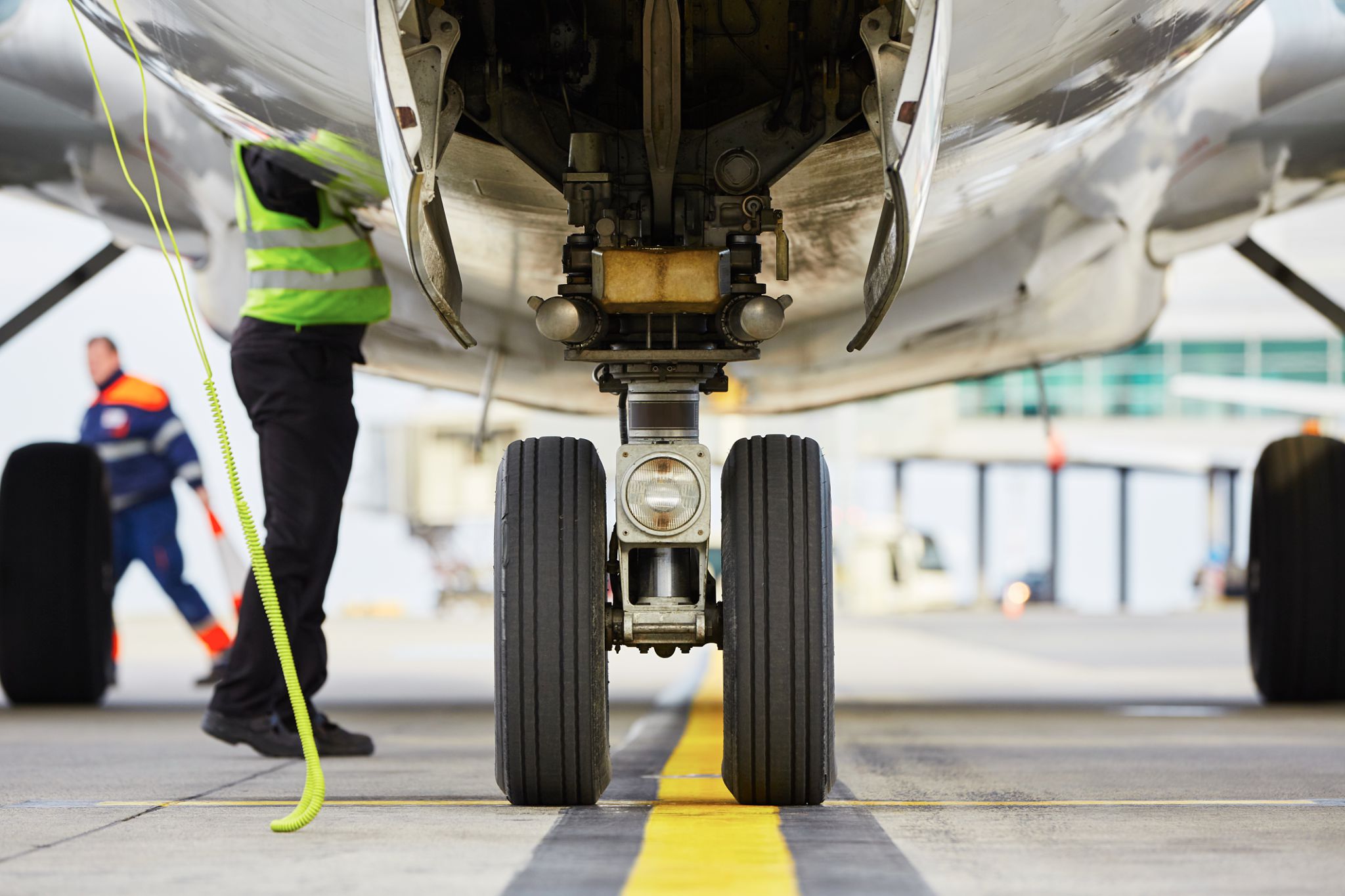Understanding the Impact of Local Regulations on Aviation Technology in California
Introduction to Local Regulations in Aviation
As the aviation industry continues to evolve, the impact of local regulations on aviation technology becomes increasingly significant. In California, a state known for its innovation and environmental consciousness, these regulations play a crucial role in shaping the future of aviation. Understanding how local laws affect technology development, implementation, and deployment is essential for industry stakeholders.

California's Regulatory Environment
California has always been at the forefront of environmental and technological advancements. The state's regulatory environment reflects its commitment to reducing carbon emissions and promoting sustainable practices. As such, aviation companies operating in California must comply with stringent regulations that influence the design and operation of aircraft and related technologies.
These regulations include emission standards, noise restrictions, and safety protocols. Compliance with these rules not only ensures legal operation but also drives innovation as companies seek to develop technologies that meet or exceed regulatory expectations.
Emission Standards and Their Impact
The stringent emission standards in California are among the most influential regulations impacting aviation technology. The state mandates reductions in greenhouse gas emissions, pushing companies to innovate in areas like fuel efficiency and alternative energy sources. This focus has led to significant advancements in electric and hybrid aircraft technologies.

Noise Regulations
Another critical area of regulation is noise control. California's noise abatement policies aim to minimize the impact of aviation on residential areas. These regulations have spurred advancements in quieter engine designs and improved aerodynamics, contributing to a more peaceful coexistence between airports and communities.
Aviation companies are investing heavily in research and development to create quieter aircraft, which not only meet regulatory requirements but also improve passenger comfort and community relations.
Safety Protocols and Technological Advancements
Safety is paramount in aviation, and California's regulations ensure that it remains a top priority. Local laws require rigorous testing and certification processes for new technologies. This emphasis on safety has led to the development of cutting-edge systems that enhance situational awareness, collision avoidance, and overall operational safety.

The Role of Collaboration
To navigate the complex regulatory landscape, collaboration between government agencies, industry leaders, and research institutions is vital. In California, this collaboration has resulted in a supportive ecosystem that encourages innovation while maintaining high safety and environmental standards.
Industry forums, public-private partnerships, and academic research initiatives all contribute to a collective effort to advance aviation technology within the framework of local regulations.
Future Outlook
As California continues to implement forward-thinking regulations, the state's aviation sector is poised for remarkable growth. The emphasis on sustainability and safety will drive ongoing technological advancements, creating opportunities for both established companies and emerging startups.
Understanding and adapting to these regulatory challenges will be key to unlocking the potential of aviation technology in California, ultimately leading to a greener, safer, and more efficient future for air travel.
